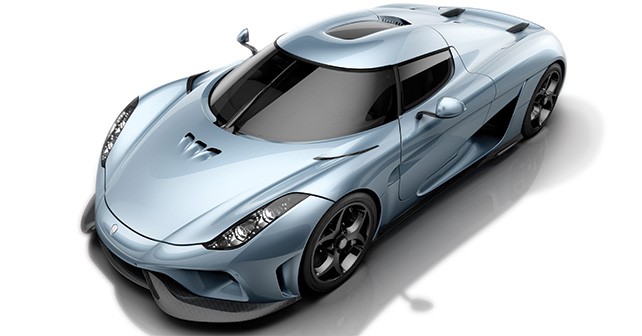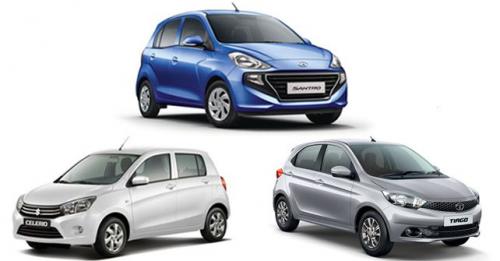Hybrid powertrains were conceptualised to lower emissions and improve fuel consumption. However, it seems that makers of high-end sports cars have a different idea entirely!
The key buzzwords in the automotive industry over the past few years have sounded something like this – downsizing, efficiency, emissions, hybrids, alternative fuels, electric vehicles, etc. The quest to meet increasingly stringent emission regulations and fuel efficiency requirements has led to cars like the Toyota Prius, Nissan Leaf, Tesla Model S, and, most recently, the hydrogen powered Toyota Mirai.
But it seems that the hypercar makers of the world have also decided to jump into the ring with both feet. They’ve figured out how to effectively use these technologies to further enhance the performance of their already mouth-wateringly fast cars – while at the same time increasing efficiency and reducing emissions. As a result, we’ve had the pleasure of seeing cars like the brutal McLaren P1, the sublime Porsche 918 Spyder, and the stunning, but awkwardly named, Ferrari LaFerrari. The emergence of these cars has proven that human ingenuity and the lust for performance can’t be stifled.
The next step in this ever-evolving game was on display at the Geneva Motor Show, where Swedish supercar maker Koenigsegg displayed their latest product, the Regera – which is as extreme a statement as you can make with a hand-built car from a small, successful and enigmatic company. The Regera uses their traditional 5-litre twin-turbocharged engine, which produces just 1,100bhp. But, the real kicker is the use of three electric motors that combine to produce another 700bhp!
With all components working together, the combined power output of the Regera is in excess of 1,500bhp propelling the car forward – and as much torque. That makes this the fastest accelerating car in the world. How about this for some figures – 0-400km/h comes up in under 20 seconds, and the 150-250km/h sprint takes a mere 3.2 seconds.
So, while this might not be the direction that policy makers intended hybrid cars to take when they designed these regulations, for petrol-heads like us it means that there is still hope.
Long live the supercar! May they long be propelled by whatever fuel is available to power them…



























Write your Comment